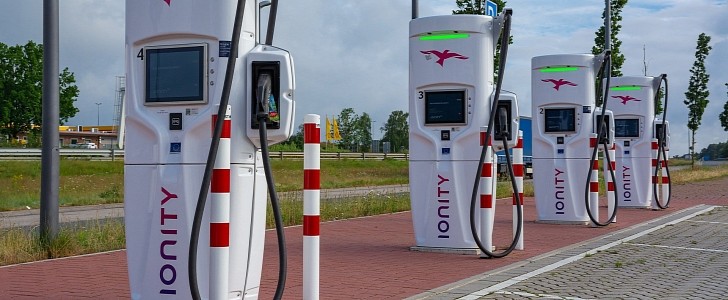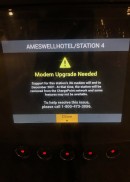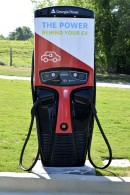Technology plays an important role in our lives and it’s impossible to do even the smallest things without an Internet connection. For instance, charging an EV at a public charger seems trivial, but it doesn’t work without the Internet. The problem is many of those chargers use obsolete technologies, like a 3G network connection. These are phasing out throughout the U.S. to make room for 5G, and so EV owners are left with fewer options to charge their vehicles.
It's not just the charging stations that are affected by the 3G networks being shut down. Myriads of terminals rely on a 3G connection to talk to the base, from POSs and ATMs to vehicles to surveillance systems. Among the most critical pieces of infrastructure that uses 3G for basic functionality we count EV charging stations, as some electric vehicle owners have already discovered.
More specifically, public charging stations need to communicate over the Internet with the server to allow access to charging via an app the users have installed on their mobile phones. Without Internet connection there is no communication, and the charger does not even know there’s an EV owner in front of it, let alone charge and bill accordingly.
To solve the situation, public charging stations need to replace the mobile modems they use to communicate. This means throwing out the 3G modems and installing new 4G or even 5G modems. But this takes time and is costly for the operators of the charging stations, so it might take a while before all of them are back online.
The lack of 3G coverage will also affect older car models such previous generations of the Toyota 4Runner, Audi Q3, and Porsche 911. This is a smaller problem, though, as the vehicles can use the owner’s phone Internet connection instead of the built-in modem.
For now, among the most affected charging networks are ChargePoint and Blink, but there may be others. Tesla operates the vast majority of DC fast Chargers in the U.S. but has not made any comments on the matter. We hope the Supercharger network uses newer tech, though. The Electrify America network is also unaffected, as confirmed by The Drive.
The latest mobile network to shut down 3G operations is Verizon, at the end of 2022. Others will start trimming their networks even earlier, by mid-year. It should be noted that 4G communications devices have already been on the market for more than 10 years. You’d think most users have moved on already, but in some areas, the technology moves in baby steps.
More specifically, public charging stations need to communicate over the Internet with the server to allow access to charging via an app the users have installed on their mobile phones. Without Internet connection there is no communication, and the charger does not even know there’s an EV owner in front of it, let alone charge and bill accordingly.
To solve the situation, public charging stations need to replace the mobile modems they use to communicate. This means throwing out the 3G modems and installing new 4G or even 5G modems. But this takes time and is costly for the operators of the charging stations, so it might take a while before all of them are back online.
The lack of 3G coverage will also affect older car models such previous generations of the Toyota 4Runner, Audi Q3, and Porsche 911. This is a smaller problem, though, as the vehicles can use the owner’s phone Internet connection instead of the built-in modem.
For now, among the most affected charging networks are ChargePoint and Blink, but there may be others. Tesla operates the vast majority of DC fast Chargers in the U.S. but has not made any comments on the matter. We hope the Supercharger network uses newer tech, though. The Electrify America network is also unaffected, as confirmed by The Drive.
The latest mobile network to shut down 3G operations is Verizon, at the end of 2022. Others will start trimming their networks even earlier, by mid-year. It should be noted that 4G communications devices have already been on the market for more than 10 years. You’d think most users have moved on already, but in some areas, the technology moves in baby steps.
Starting to hear of dead #EV charging stations due to 3G decommissioning. This one is @ChargePoint, I'm told. Curious to know how all the networks plan to address this ... pic.twitter.com/5D0JLakroG
— John Voelcker (@johnvoelcker) January 31, 2022







